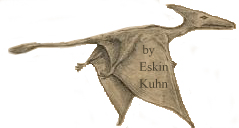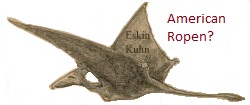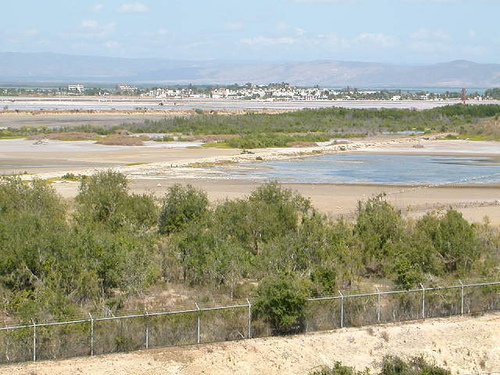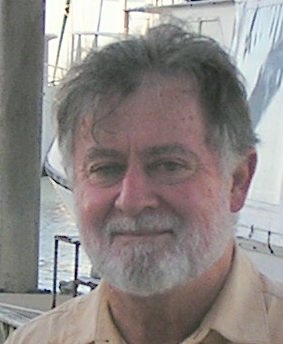 Pterosaurs alive? What about extinction millions of years ago? In truth, the idea that dinosaurs and pterosaurs all became extinct goes back before the time of Darwin. But that idea has always been an assumption. Indeed, many species have since been discovered, species that had been assumed had become extinct long ago. In the late twentieth century, a new field of cryptozoology had just begun to emerge: investigating reports of live pterosaurs.
Pterosaurs alive? What about extinction millions of years ago? In truth, the idea that dinosaurs and pterosaurs all became extinct goes back before the time of Darwin. But that idea has always been an assumption. Indeed, many species have since been discovered, species that had been assumed had become extinct long ago. In the late twentieth century, a new field of cryptozoology had just begun to emerge: investigating reports of live pterosaurs. In the early twenty-first century, it began to become obvious, from many sighting reports, that live pterosaurs are not restricted to Papua New Guinea (where the nocturnal flying creatures, with long tails but without feathers, are called by names that include "ropen.") Some species, however rare and reclusive, live for at least part of the year in the United States.
In the early twenty-first century, it began to become obvious, from many sighting reports, that live pterosaurs are not restricted to Papua New Guinea (where the nocturnal flying creatures, with long tails but without feathers, are called by names that include "ropen.") Some species, however rare and reclusive, live for at least part of the year in the United States. The U.S. Marine Eskin Kuhn was stationed at the Guantanamo Bay military station in Cuba, in 1971, when he was privileged to observe two obvious pterosaurs flying in clear daylight, not far from where he was standing. With exceptional artistic skill, he sketched them, soon after the sighting (one with wings up, the other with wings down). In part, he testified, "The rhythm of their large wings was very graceful, slow ; and yet they were flying and not merely gliding . . . The Pterosaurs I saw . . . had a long tail trailing behind with a tuft of hair at the end. The head was disproportionately large, with a long crest at the back, long bill, long neck with a crook in it . . . The vertebrae of their backs was noticeable, mostly between the shoulders. I would estimate their wingspan to be roughly 10 feet . . .They came in from the direction of the sea and flew inland.”
The U.S. Marine Eskin Kuhn was stationed at the Guantanamo Bay military station in Cuba, in 1971, when he was privileged to observe two obvious pterosaurs flying in clear daylight, not far from where he was standing. With exceptional artistic skill, he sketched them, soon after the sighting (one with wings up, the other with wings down). In part, he testified, "The rhythm of their large wings was very graceful, slow ; and yet they were flying and not merely gliding . . . The Pterosaurs I saw . . . had a long tail trailing behind with a tuft of hair at the end. The head was disproportionately large, with a long crest at the back, long bill, long neck with a crook in it . . . The vertebrae of their backs was noticeable, mostly between the shoulders. I would estimate their wingspan to be roughly 10 feet . . .They came in from the direction of the sea and flew inland.” Brian Hennessy was on *Bougainville Island (north of Australia), at about the same time as Eskin Kuhn's sighting in Cuba, and saw one large flying creature that had a long tail. Like the apparent pterosaurs in Cuba, this one had a pointed head crest and no sign of feathers.
Brian Hennessy was on *Bougainville Island (north of Australia), at about the same time as Eskin Kuhn's sighting in Cuba, and saw one large flying creature that had a long tail. Like the apparent pterosaurs in Cuba, this one had a pointed head crest and no sign of feathers.This eyewitness cannot be dismissed as a crazy person, for this Mr. Hennessy is a professional psychologist.
*Bougainville Island is part of the nation of Papua New Guinea.
We have another important eyewitness of a living pterosaur in New
Guinea: Duane Hodgkinson, who saw a huge "pterodactyl" west of
Finschhafen in 1944. This one appeared to be the size of a small
private plane, with a wingspan that Hodgkinson estimated to be in
the neighborhood of 30 feet (about the wingspan of a Piper Tri-Pacer).